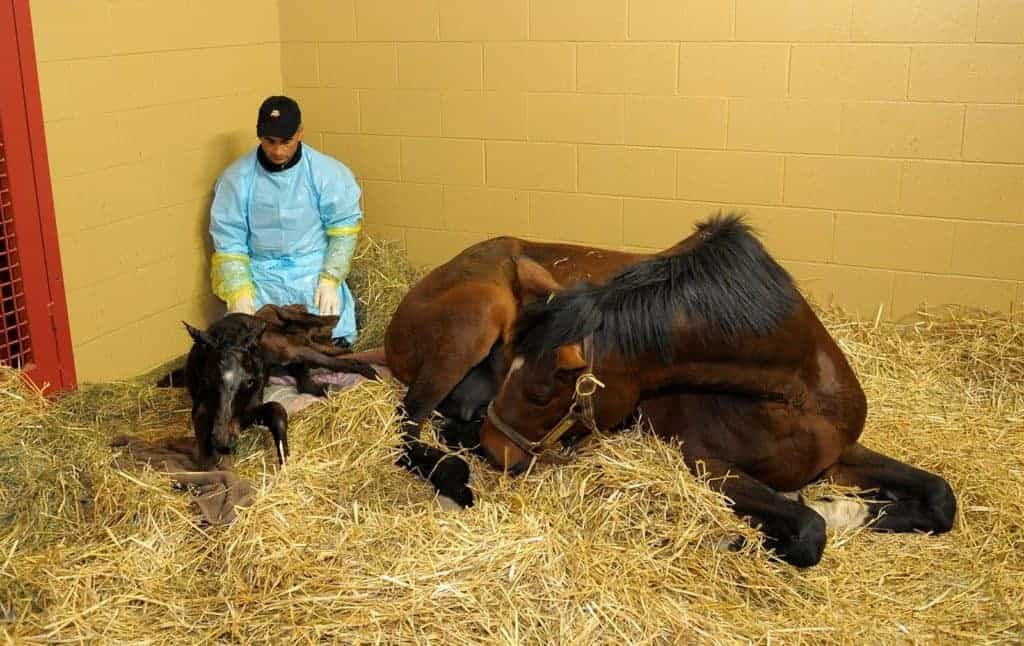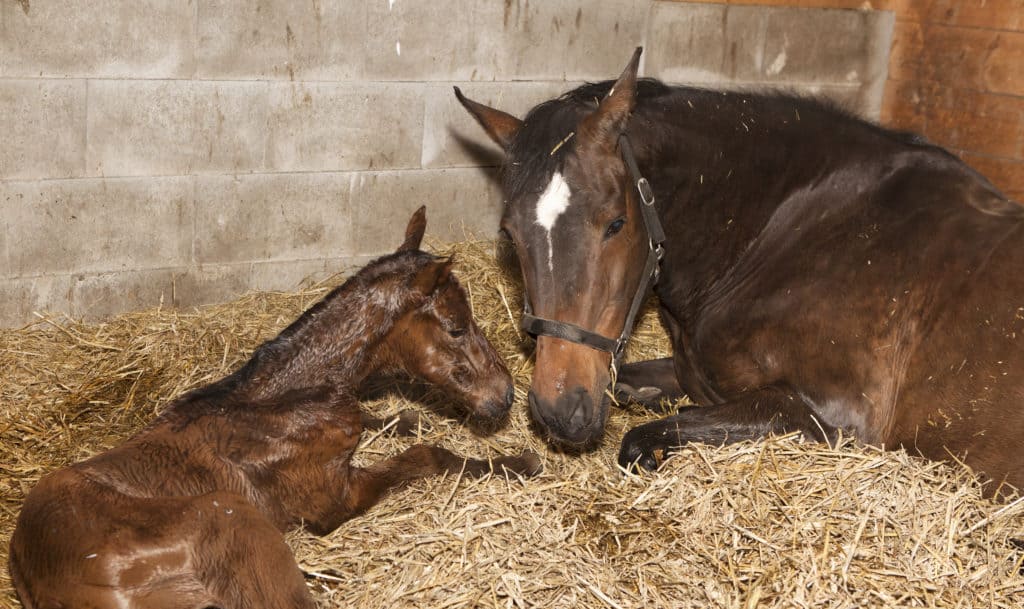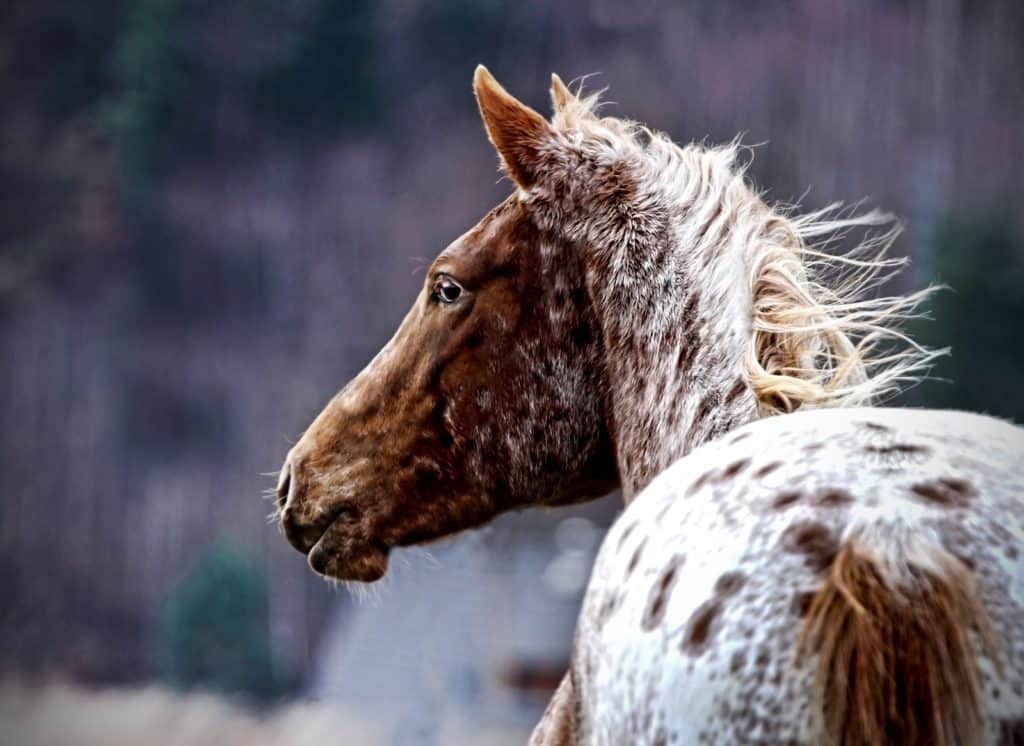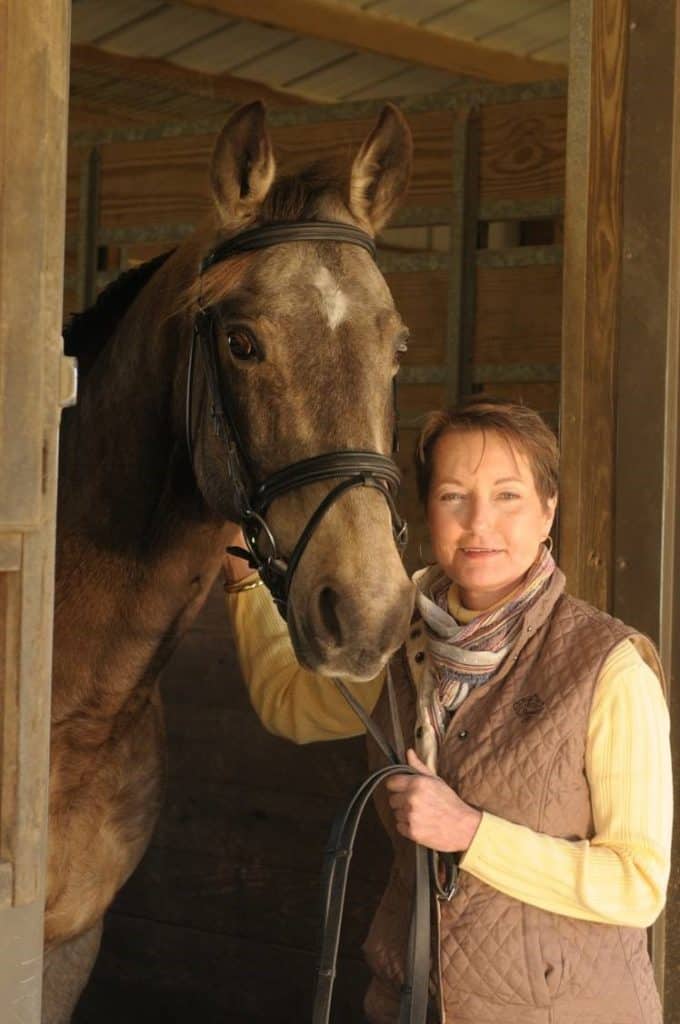
‘EquCab3.0’ Horse Genome Reference Assembly Available Online
EquCab3.0 will be a critical resource for equine geneticists and scientists working to identify the causes and related biology of horses’ inherited traits.

EquCab3.0 will be a critical resource for equine geneticists and scientists working to identify the causes and related biology of horses’ inherited traits.

Dr. Michelle Linton offers suggestions on how to identify when your mare is ready to foal.

Find out the pros and cons of a stall vs. pasture birth from Dr. Michelle Linton of the University of Pennsylvania.

University of Pennsylvania’s Dr. Michelle Linton describes the how a normal foaling should progress.

Do you have a foal due during the cold months? Dr. Michelle Linton offers tips on how to prepare.

Ensure your foal has a smooth start to life and prompt treatment of any issues that might arise.

Do you have a foal due? Learn how to prepare your mare for foaling, care for your newborn, and spot issues early.

Removing the ovaries won’t fix other issues, from static shock to bladder adhesions, that can make mares behave badly.

Genetically engineered horses could be arriving as soon as next year, but how that engineering might affect their health and welfare remains unclear.

This yellow, amber, or orange iris found in some Paso Finos seems to have no association with eye or vision problems.

Researchers have found yet another genetic variation responsible for yet-unexplained white spotting.

Terje Raudsepp, PhD, presented in honor of UK equine genetics researcher Teri Lear, PhD, who passed away in 2016.

Base coat color and horse sex appear to play significant roles in spotting patterns, researchers learned.

Gene doping’s effects, good or bad, remain unclear. It might not affect performance and could have serious side effects.

The “Gaitkeeper” gene mutation has been linked to success in trotting races in Standardbreds.

An “athletic” heart is a heritable characteristic linked to good endurance performance, researchers confirmed.
Stay on top of the most recent Horse Health news with
"*" indicates required fields